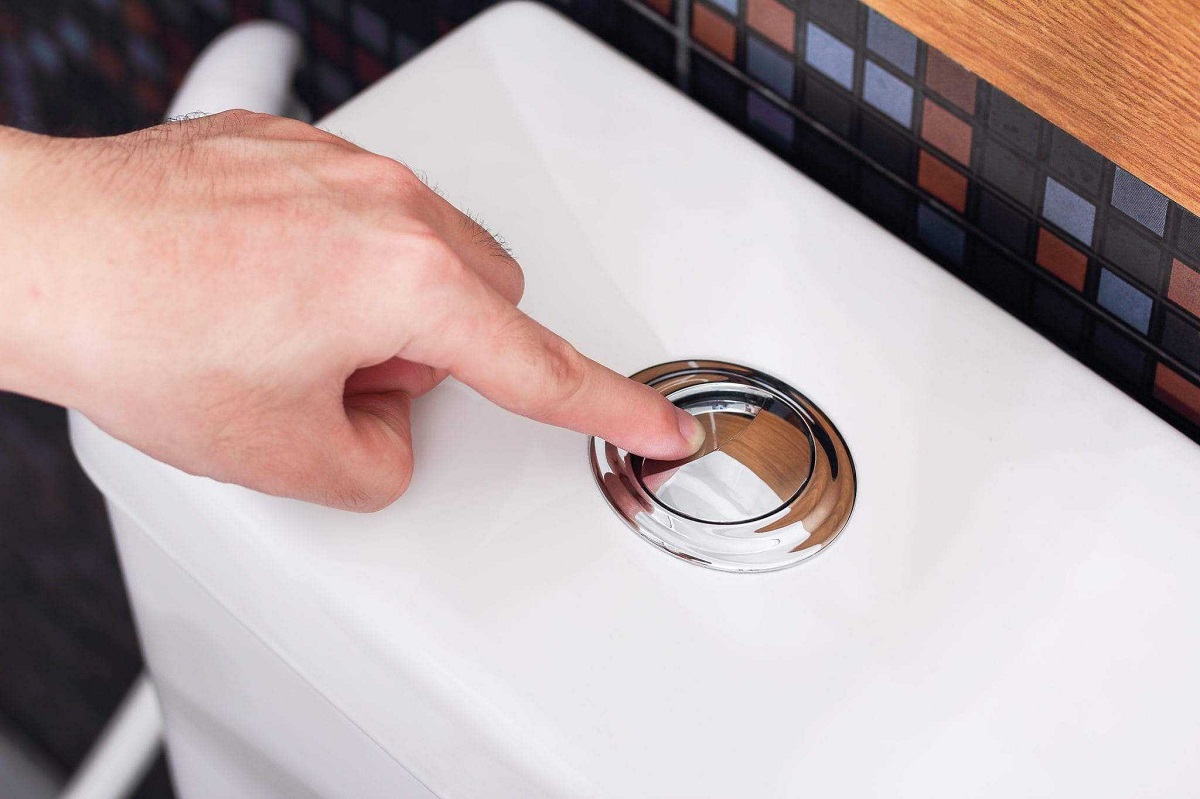

Articles
Why Do I Have To Flush My Toilet Twice
Modified: October 20, 2024
Find out why you may need to flush your toilet twice with these informative articles. Get insights on common plumbing issues and how to solve them.
(Many of the links in this article redirect to a specific reviewed product. Your purchase of these products through affiliate links helps to generate commission for Storables.com, at no extra cost. Learn more)
Introduction
Have you ever found yourself in a situation where you had to flush your toilet twice to ensure everything went down? It can be frustrating and time-consuming, not to mention a waste of water. But why does it happen? Why do you sometimes need that second flush to get the job done?
In this article, we will explore the common reasons behind having to flush the toilet twice. We will dive into the possible issues with the flapper valve, low water pressure, blocked drainage system, and problems with the toilet tank. Additionally, we will provide solutions to help fix the double flush issue, ensuring a more efficient and hassle-free flushing experience.
So, if you are tired of encountering this problem and want to learn more about why you have to flush your toilet twice, read on to discover the causes and solutions.
Key Takeaways:
- Say goodbye to double-flushing by checking and adjusting the water level, replacing faulty components, and addressing low water pressure. Enjoy a hassle-free and efficient flushing experience with these simple solutions.
- Prevent the need for double-flushing by practicing proper flushing habits, maintaining regular toilet maintenance, and seeking professional help when needed. Keep your toilet in optimal condition and say farewell to the frustration of flushing twice.
Read more: Why Is My Toilet Overflowing When I Flush
Common Reasons for Having to Flush the Toilet Twice
If you often find yourself needing to flush your toilet twice to get everything to go down, it’s important to understand the common reasons behind this issue. By identifying the underlying causes, you can take appropriate steps to resolve the problem. Here are some of the most frequent reasons for having to double-flush:
- Insufficient water volume: One possible reason for needing a second flush is that there is not enough water in the tank to create sufficient force to flush away all the waste. This can happen if the toilet tank’s water level is too low. Check the water level in the tank and adjust it if necessary.
- Weak flush: Another reason could be a weak flush caused by a faulty flushing mechanism. Over time, the flushing system, including the flapper valve and the lift chain, can wear out or become misaligned. This can lead to a weak flush that requires a second attempt to fully clear the bowl.
- Partial blockage: A partial blockage in the drainage system can also result in the need for a double flush. When there’s something obstructing the pipes, only a portion of the waste gets flushed away, leaving the rest behind. In such cases, a second flush is often necessary to clear the remaining debris.
- Low water pressure: Insufficient water pressure can contribute to a weak flush that doesn’t completely remove the waste. This can happen if there are issues with the water supply or if the plumbing system has restrictions or blockages. Low water pressure can lead to a less effective flush, necessitating a second flush to get rid of the debris.
- Debris buildup in the toilet trap: The toilet trap, which is a curved pipe in the toilet’s base, can sometimes accumulate debris over time. This buildup can hinder the smooth flow of water and waste, causing a double flush to clear it away completely. Regularly cleaning the toilet trap can help prevent this issue.
Remember, these are just some of the common reasons why you may find yourself needing to flush the toilet twice. It’s essential to identify the specific cause in your case to implement the appropriate solution. In the following sections, we will delve deeper into each of these reasons and provide you with effective solutions to fix the double flush issue.
Issue with the Flapper Valve
One of the primary reasons why you might have to flush your toilet twice is a problem with the flapper valve. The flapper valve is a rubber or plastic component that sits at the bottom of the toilet tank. When you flush, the flapper valve lifts, allowing water to rush into the bowl to initiate the flush.
Over time, the flapper valve can develop issues that prevent it from sealing properly or closing fully after flushing. When this happens, water continues to leak into the bowl, causing a weak flush. You may notice that the flush is incomplete, and a second flush is needed to clear the waste.
To determine if the flapper valve is the culprit, remove the toilet tank lid and observe the flushing process. Check if the flapper valve closes fully after flushing or if it is damaged, warped, or covered in mineral deposits. If you notice any issues, it’s time to replace the flapper valve.
Replacing the flapper valve is a relatively simple task that can greatly improve your toilet’s performance. Start by turning off the water supply to the toilet using the shut-off valve located near the base of the toilet. Drain the water from the tank by flushing and holding down the handle until all the water has emptied out.
Next, carefully remove the old flapper valve by unhooking it from the flush valve or chain. Take note of the type of flapper valve you have, as there are various designs available in the market. Purchase a suitable replacement flapper valve and follow the manufacturer’s instructions for installation.
Once the new flapper valve is in place, turn on the water supply and let the tank refill. Test the flush to ensure that the flapper valve seals properly and allows for a complete flush. With a functioning flapper valve, you should no longer need to double flush to clear the bowl effectively.
If replacing the flapper valve does not resolve the issue, there may be underlying problems with the toilet’s flushing mechanism or other components, which we will explore in the next sections.
Low Water Pressure
Another common reason why you may find yourself having to flush your toilet twice is low water pressure. Water pressure plays a crucial role in generating the force needed to properly flush away waste from the bowl. When water pressure is low, it can result in a weak flush that leaves some debris behind.
There are a few potential causes of low water pressure. First, check if the water pressure is low throughout your entire plumbing system or just specific to the toilet. If the low water pressure is isolated to the toilet, it could indicate a blockage or restriction in the toilet’s water supply line.
Start by checking the shut-off valve located near the base of the toilet. Make sure the valve is fully open to allow optimal water flow. If the valve is partially closed, it can hinder the water supply to the toilet, leading to low pressure and ineffective flushing.
If the shut-off valve is fully open and there is still low water pressure, it’s worth examining the water supply line. Check if there are any kinks or obstructions that could be impeding the flow of water. Sometimes, mineral deposits or debris can accumulate and restrict water flow. In such cases, it may be necessary to clean or replace the water supply line.
Additionally, low water pressure in the entire plumbing system can be caused by issues with the main water supply line or the municipal water source. If you suspect this is the case, it’s advisable to contact your water provider or a professional plumber to assess and address the problem.
Furthermore, if you have recently installed or replaced any plumbing fixtures or appliances, it’s worth checking if they are causing a drop in water pressure. Some fixtures may require specific pressure levels to function optimally. Consult the manufacturer’s guidelines or seek professional assistance to ensure proper water pressure throughout your plumbing system.
By addressing the issue of low water pressure, whether it’s localized to the toilet or affects the entire plumbing system, you can improve the efficiency of your toilet’s flush and eliminate the need for a second flush to clear the waste completely.
Check the water level in the tank to ensure it’s reaching the fill line. If it’s not, adjust the float valve to allow more water in, which can improve flushing efficiency.
Blocked Drainage System
A blocked drainage system is another common reason why you may find yourself needing to flush the toilet twice. When there is a blockage in the pipes, only a portion of the waste gets flushed away, leaving the rest behind. This incomplete flush necessitates a second flush to clear the remaining debris.
There are several possible causes of a blocked drainage system. One common culprit is the accumulation of debris, such as hair, toilet paper, or foreign objects, in the pipes. Over time, this buildup can restrict the flow of water and waste, leading to clogs and incomplete flushes.
If you suspect a blocked drainage system, there are a few steps you can take to address the issue. Start by using a plunger to attempt to dislodge the blockage. Place the plunger over the drain opening and apply downward pressure while creating a tight seal. Then, vigorously push and pull the plunger to create suction and force the blockage to move.
If the plunger does not resolve the issue, you can try using a plumbing snake or auger to reach deeper into the pipes and break up the blockage. Insert the snake into the drain and rotate it clockwise while pushing it forward. This action will help dislodge and break down the obstruction. Be cautious not to apply excessive force to avoid damaging the pipes.
In some cases, a stubborn blockage may require the assistance of a professional plumber. They have specialized tools and expertise to assess and clear the blockage effectively. Seeking professional help is especially important if you suspect a more severe blockage deeper in the plumbing system.
To prevent future blockages and the need for double-flushing, it’s essential to practice proper flushing habits. Avoid flushing excessive amounts of toilet paper, feminine hygiene products, wipes, or other non-biodegradable materials. Additionally, regular maintenance, such as periodic drain cleaning, can help prevent the buildup of debris and keep your drainage system flowing smoothly.
By addressing any blockages in the drainage system, you can restore the proper flow of water and waste, eliminating the need for a second flush to clear the toilet bowl effectively.
Problems with the Toilet Tank
Issues with the toilet tank can also contribute to the need for double-flushing. The toilet tank is responsible for holding and releasing water during the flushing process. When there are problems with the tank, it can affect the efficiency of the flush, resulting in incomplete removal of waste.
One common problem is a low water level in the tank. If the water level is too low, there may not be enough water to create sufficient force for a strong flush. To check the water level, remove the tank lid and observe the waterline. Adjust the water level if necessary by adjusting the float or fill valve in the tank.
A malfunctioning fill valve can also cause issues with the toilet tank. The fill valve is responsible for refilling the tank after each flush. If the fill valve is not working correctly, it may not allow enough water to enter the tank, resulting in a weak flush. In such cases, replacing the fill valve can help restore proper water flow and improve the flush.
Another potential problem is a faulty flush valve or flapper valve. The flush valve controls the release of water from the tank into the bowl during flushing. If the flush valve is not functioning properly, it can hinder the flow of water and result in an inadequate flush. Similarly, a worn-out or misaligned flapper valve can cause water to leak into the bowl, leading to a weak flush. In these cases, replacing the flush valve or flapper valve can help resolve the issue.
In some instances, the problem with the toilet tank may be related to a malfunctioning mechanism known as the dual-flush system. Dual-flush toilets have two buttons to control the flush, allowing for a smaller flush for liquid waste and a larger flush for solid waste. If the dual-flush mechanism is not functioning correctly, it can result in incomplete flushing. Contact a professional plumber to inspect and repair the dual-flush system if needed.
Regular maintenance of the toilet tank is crucial to ensure its proper functionality. Periodically check for any leaks, cracks, or signs of damage in the tank components. Maintain cleanliness and remove any mineral deposits or debris that may affect the tank’s performance. A well-maintained toilet tank will help you achieve a more effective flush, reducing the need for double-flushing.
By addressing problems with the toilet tank, whether it’s adjusting the water level, replacing faulty valves, or repairing the dual-flush mechanism, you can enhance the efficiency of your toilet’s flushing system and eliminate the need for multiple flushes.
Solutions to Fix the Double Flush Issue
Dealing with the double-flush issue can be frustrating, but there are several solutions you can implement to resolve this problem and ensure a more efficient flushing experience. Here are some effective solutions:
- Check and adjust water level: Start by checking the water level in the toilet tank. If it’s too low, adjust the float or fill valve to increase the water level. Having an adequate water level will provide enough force for a stronger flush.
- Replace the flapper valve: A faulty or worn-out flapper valve can lead to water leakage and a weak flush. Replace the flapper valve with a new one to ensure a proper seal and improve flushing efficiency.
- Address low water pressure: Low water pressure can result in ineffective flushing. Check the shut-off valve and water supply line for any restrictions or blockages. If the issue persists, contact your water provider or a professional plumber to assess and resolve the low water pressure problem.
- Clear blockages in the drainage system: If you suspect a blockage in the drainage system, use a plunger or plumbing snake to dislodge the obstruction. In stubborn cases, seek assistance from a professional plumber to clear the blockage effectively and prevent future double-flushing.
- Repair or replace faulty toilet tank components: Examine the toilet tank for any issues with the fill valve, flush valve, or dual-flush mechanism. Replace any malfunctioning components to restore proper functionality and improve flushing performance.
- Practice proper flushing habits: Educate household members about flushing only biodegradable materials and avoiding excessive amounts of toilet paper or other non-flushable items. Proper flushing habits can help prevent future blockages and the need for double-flushing.
- Maintain regular toilet maintenance: Perform regular maintenance tasks such as cleaning the toilet trap, inspecting tank components for damage, and removing any mineral deposits or debris. Regular maintenance will keep your toilet in optimal condition and minimize flushing issues.
Remember, the specific solution to fix the double flush issue may vary depending on the underlying cause. It’s essential to identify the root cause in your case and implement the appropriate solution accordingly. If you’re unsure or unable to resolve the problem on your own, don’t hesitate to seek assistance from a professional plumber who can provide expertise and guidance.
By implementing these solutions, you can address the double-flush issue and enjoy a more efficient and effective flushing experience, saving water and avoiding unnecessary frustration.
Conclusion
Having to flush the toilet twice can be a bothersome and wasteful experience. However, understanding the common reasons behind this issue can help you tackle the problem effectively. From issues with the flapper valve and low water pressure to blocked drainage systems and problems with the toilet tank, there are various factors that can contribute to the need for a double flush.
Fortunately, there are solutions available to address these issues and improve the efficiency of your toilet’s flushing system. Whether it’s adjusting the water level, replacing faulty valves, clearing blockages, or practicing proper flushing habits, taking appropriate steps can help eliminate the need for double-flushing and ensure a more efficient and effective flush.
Regular maintenance and prompt repairs are key to preventing recurring double-flush issues. Paying attention to the condition of toilet tank components, checking for leaks, and keeping the drainage system clear can help maintain optimal flushing performance.
Remember, if you are unsure or unable to resolve the problem on your own, consulting a professional plumber is always a good option. They have the expertise and tools to diagnose and address more complex issues that may be causing the need for double-flushing.
By implementing the solutions mentioned in this article and maintaining a well-functioning toilet, you can save water, time, and frustration. Enjoy a consistent and efficient flushing experience, knowing that you won’t have to flush your toilet twice anymore.
Frequently Asked Questions about Why Do I Have To Flush My Toilet Twice
Was this page helpful?
At Storables.com, we guarantee accurate and reliable information. Our content, validated by Expert Board Contributors, is crafted following stringent Editorial Policies. We're committed to providing you with well-researched, expert-backed insights for all your informational needs.
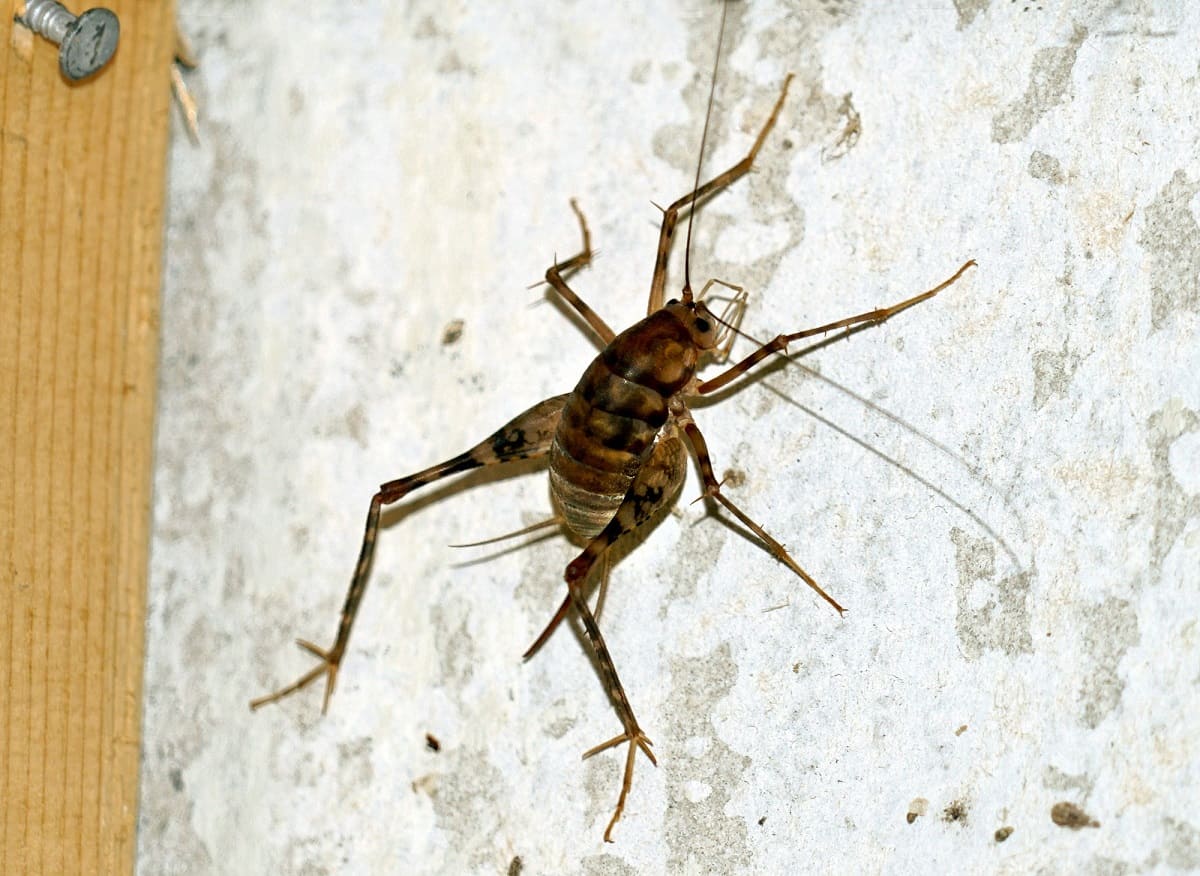
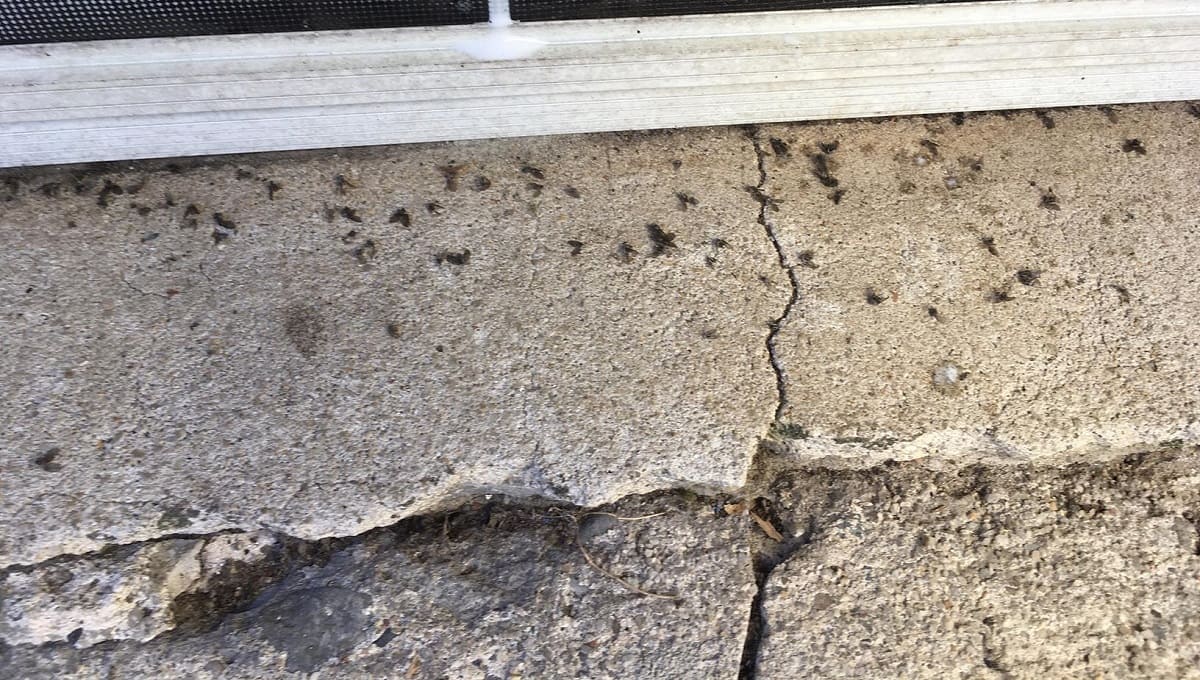
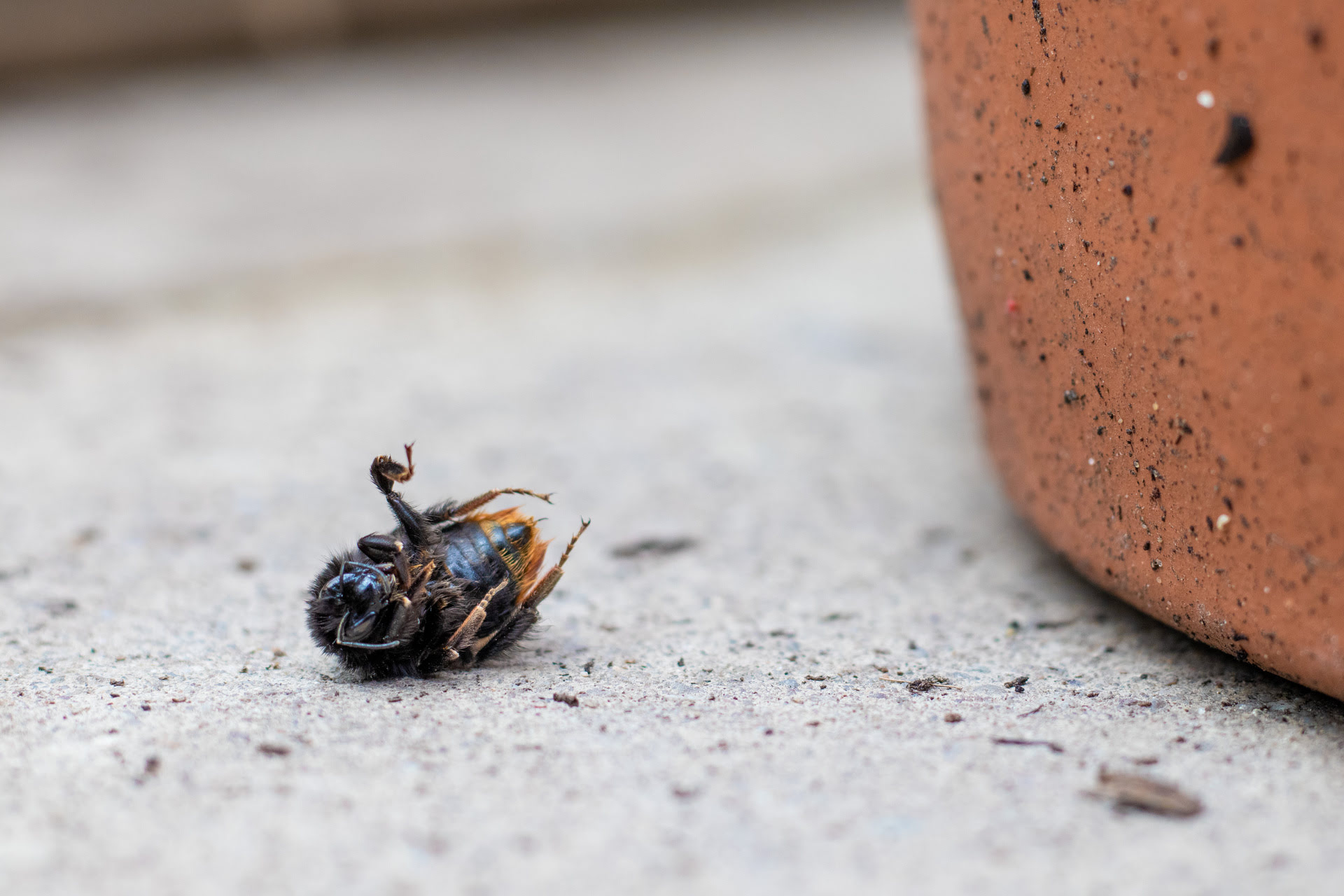
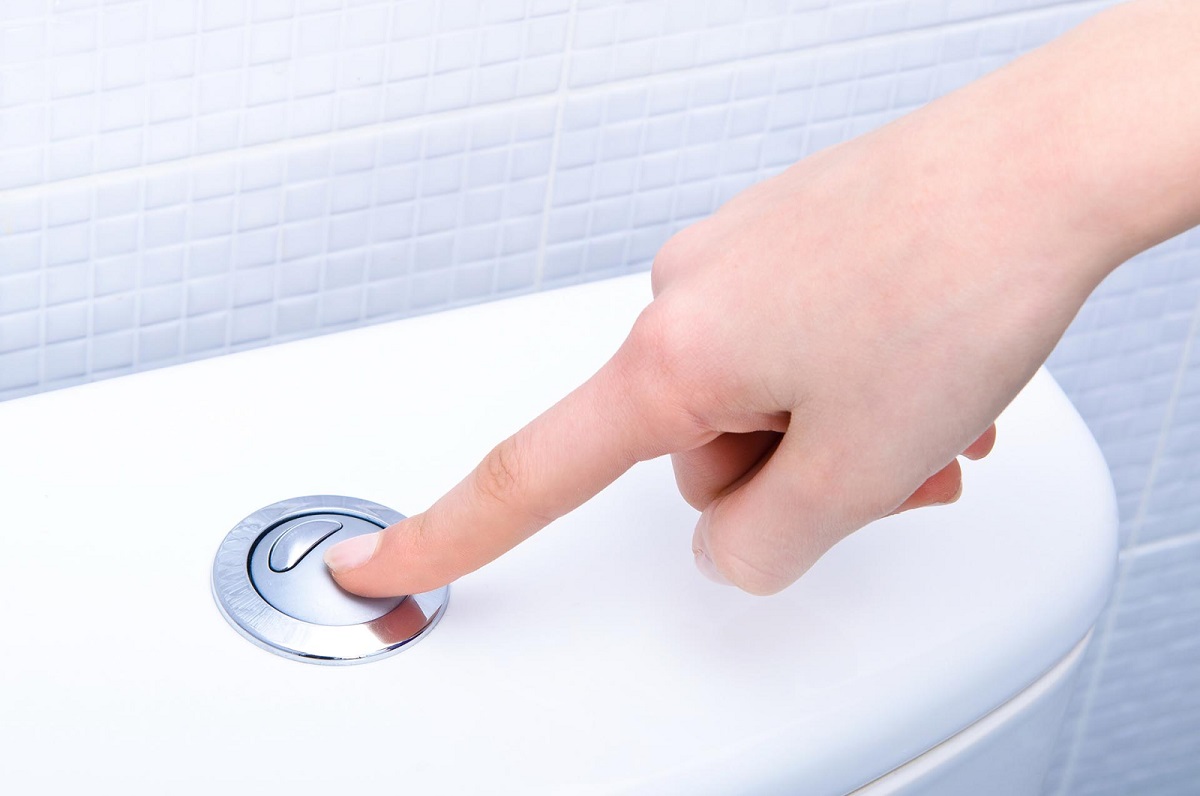
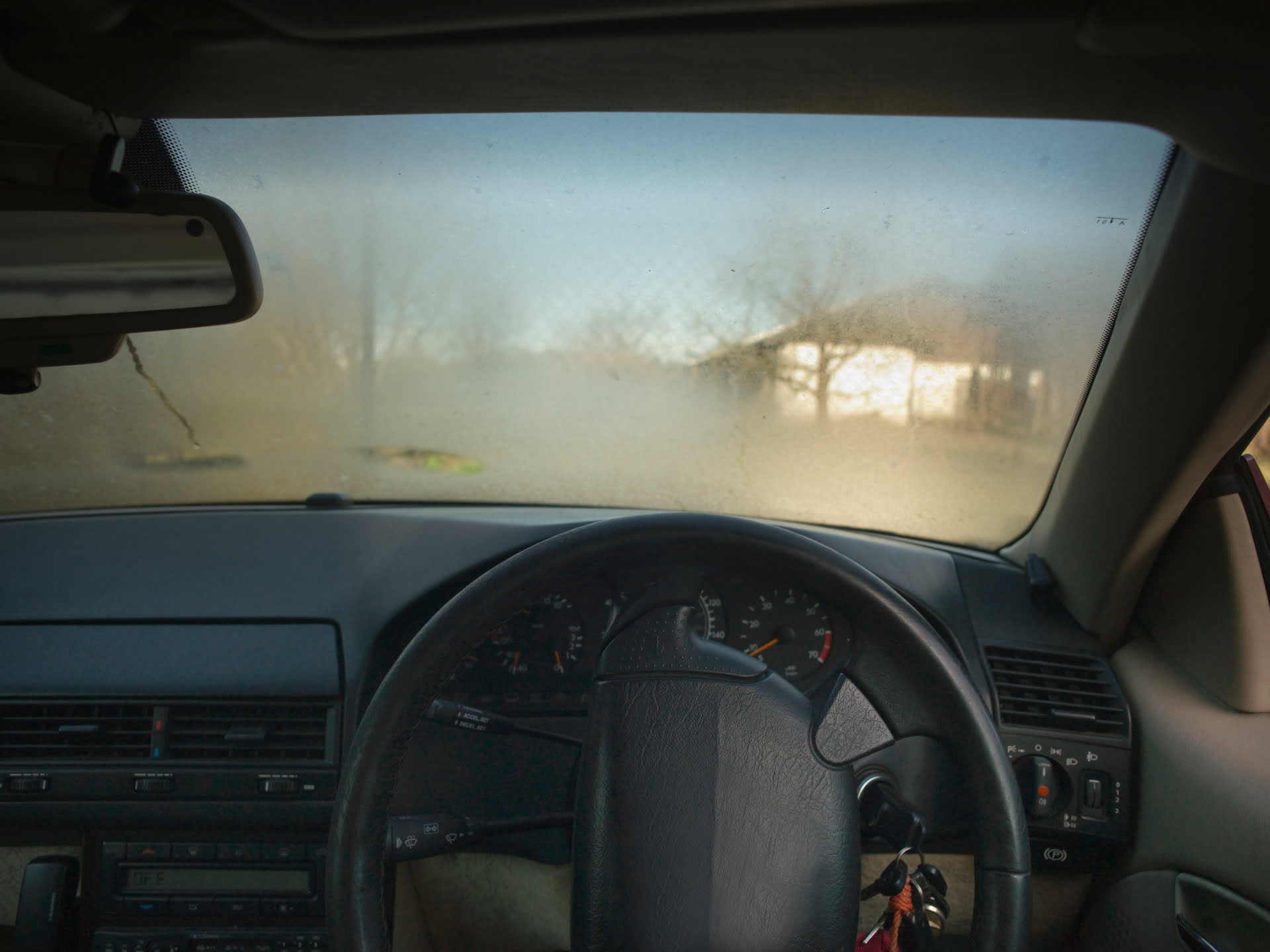
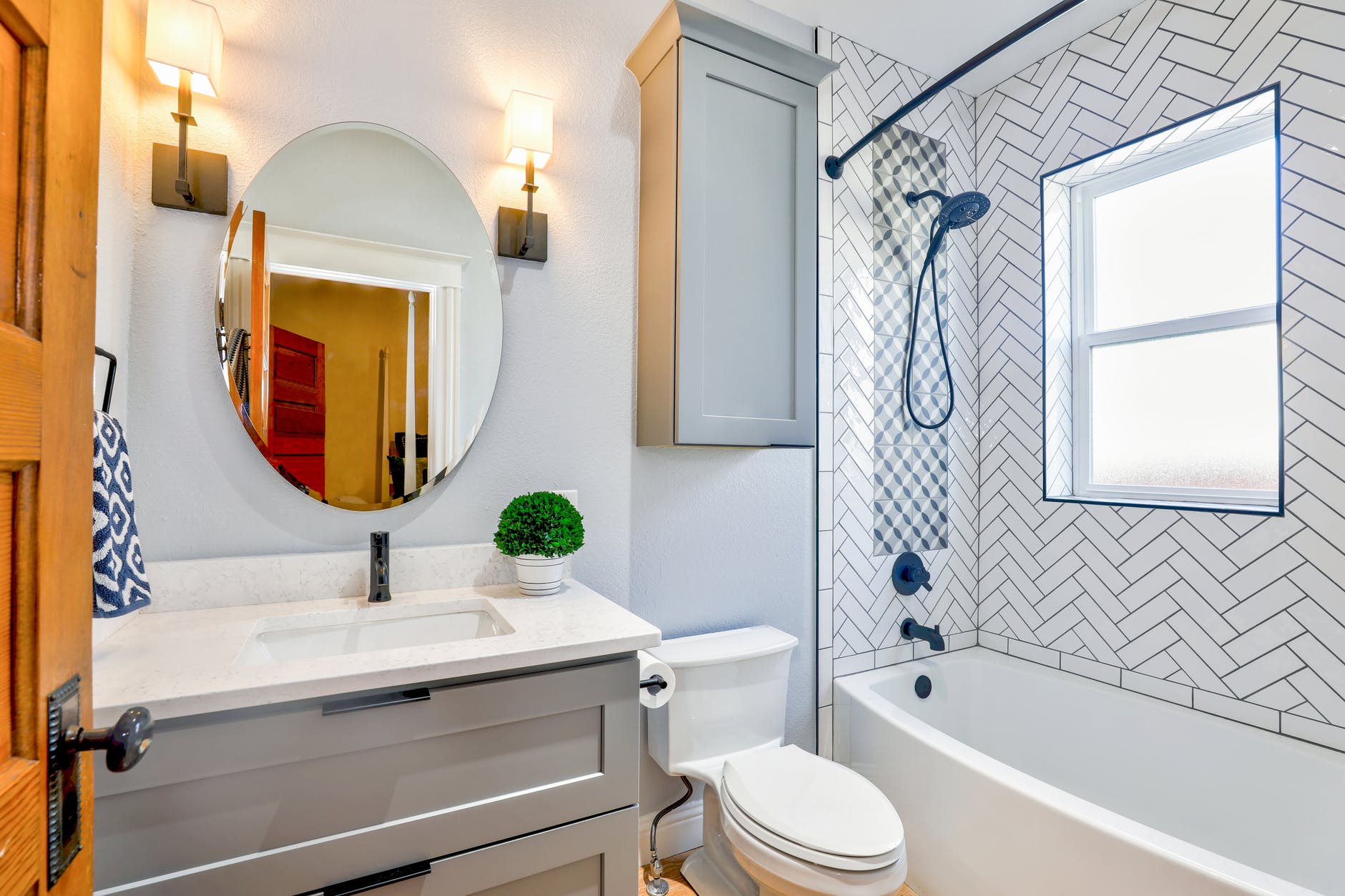


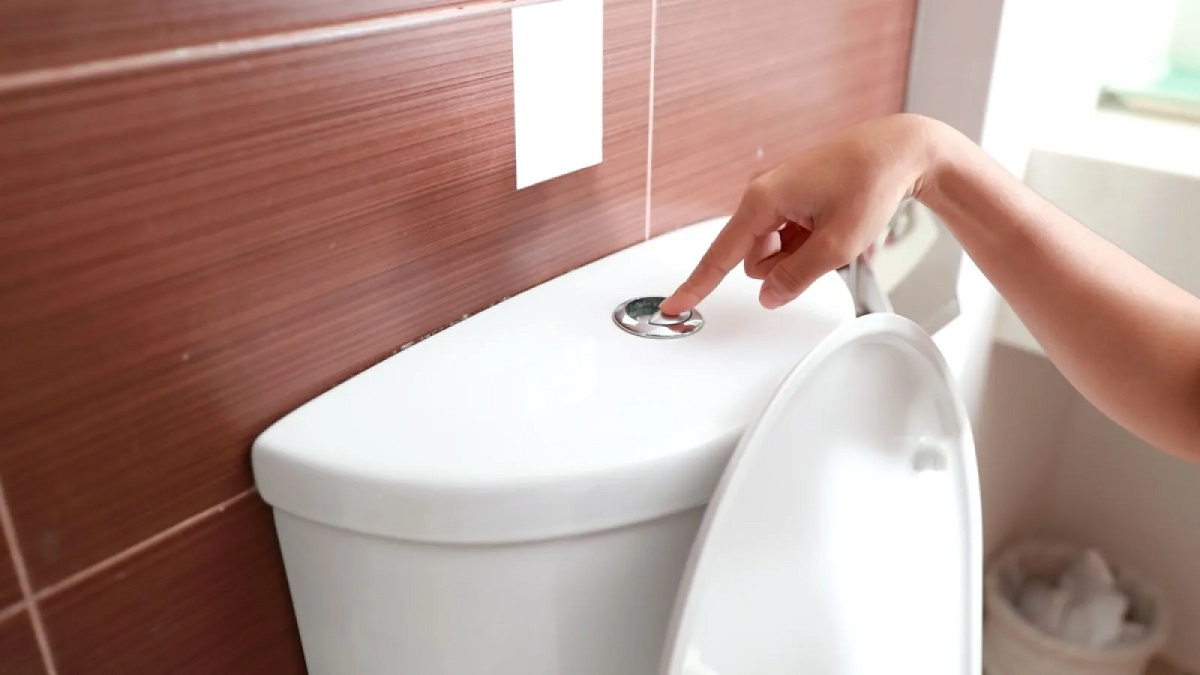
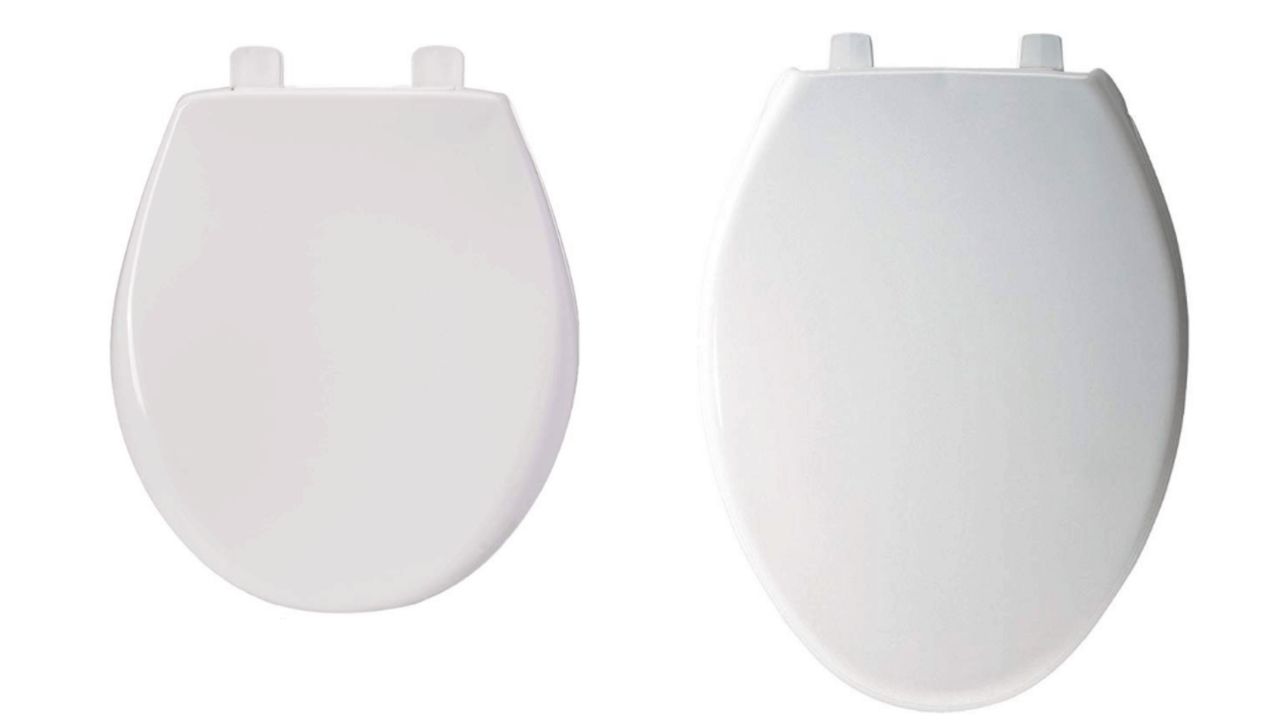
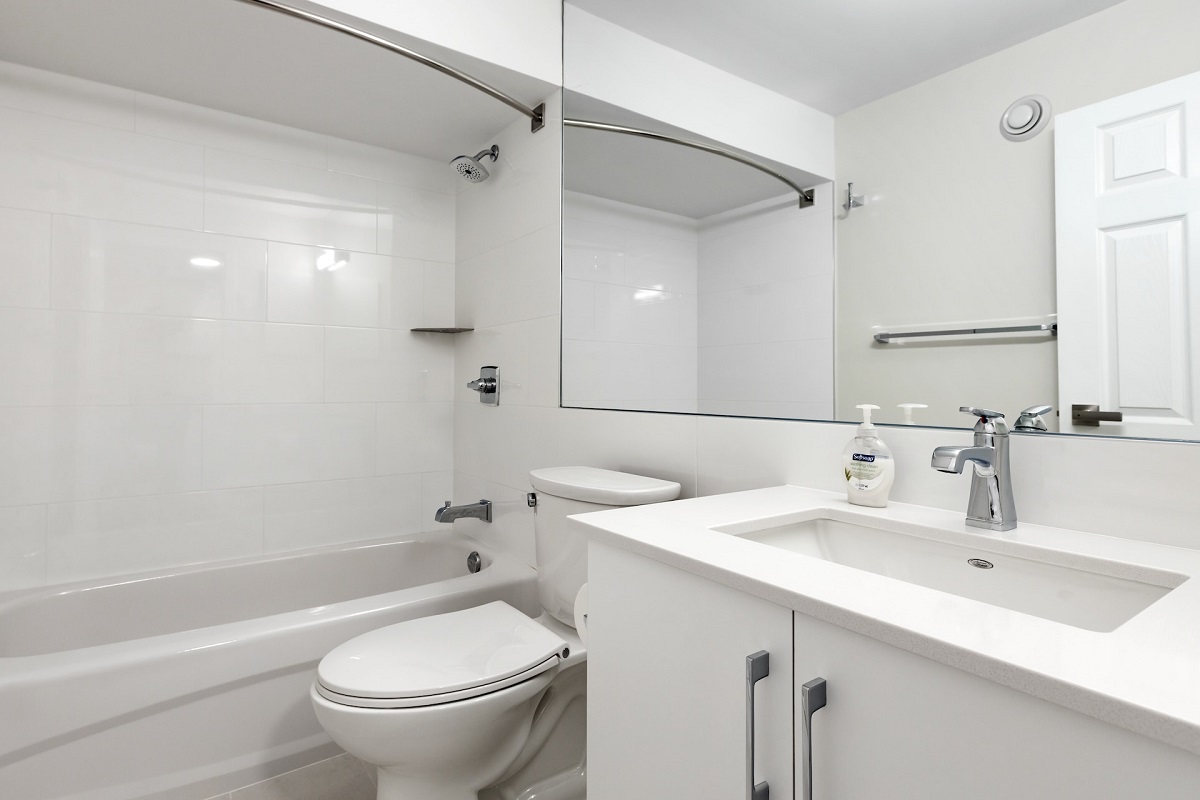
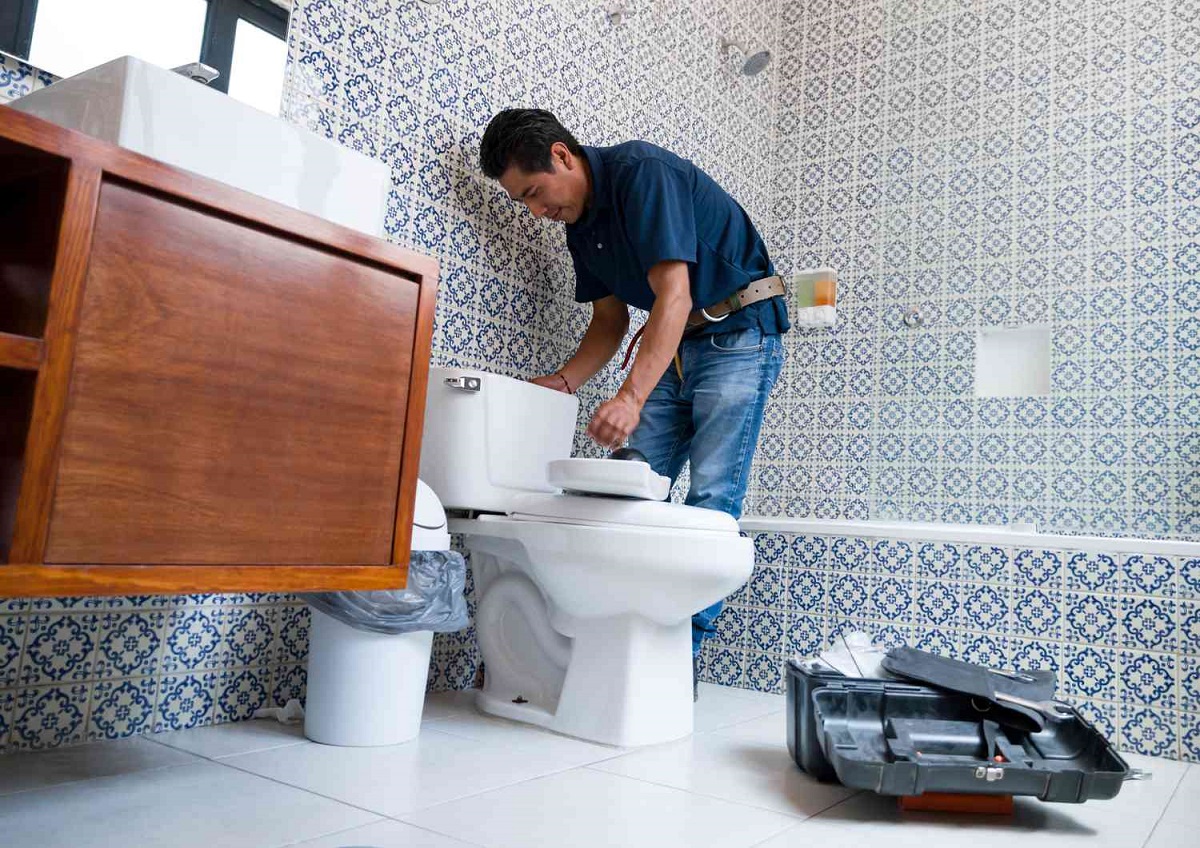



0 thoughts on “Why Do I Have To Flush My Toilet Twice”